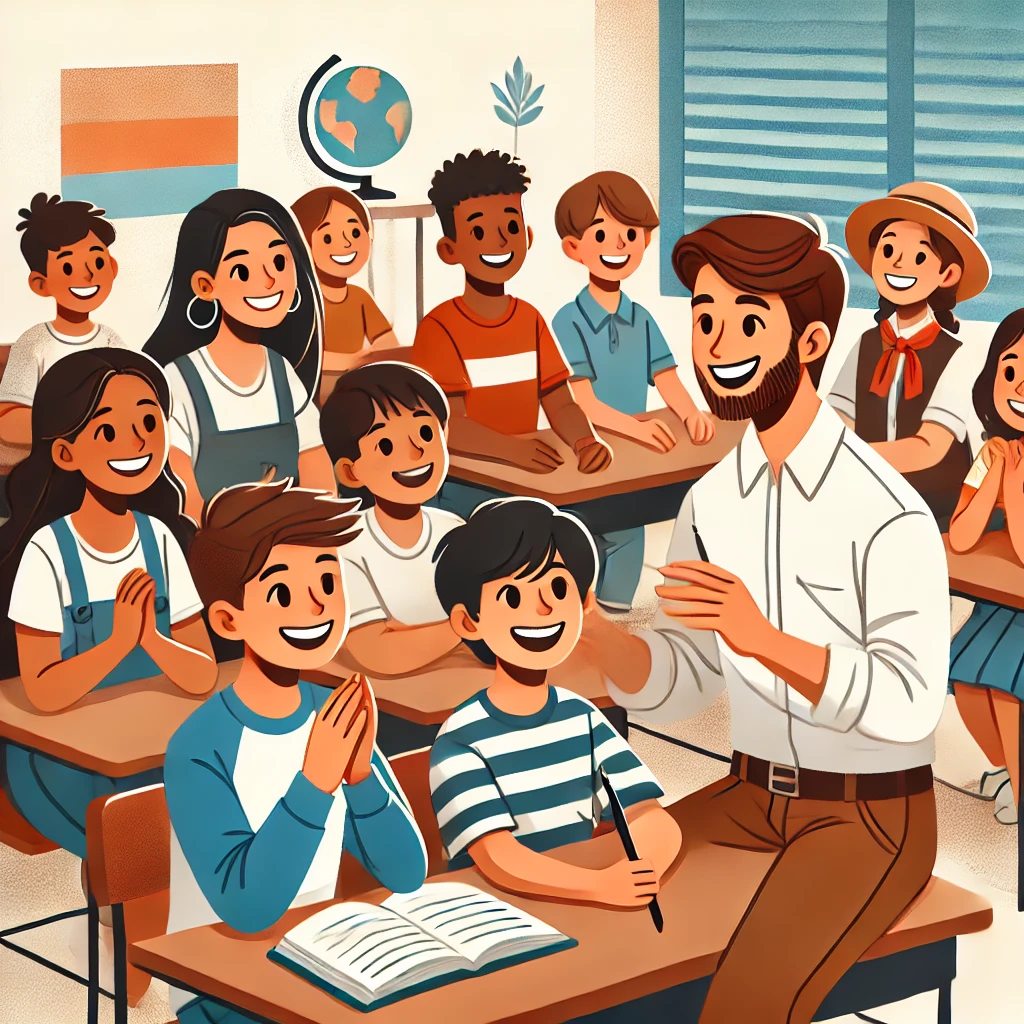Enhancing Digital Learning Through Artistic Techniques
As the world continues to embrace digital learning platforms, educators are constantly seeking innovative ways to engage students and enhance the learning experience. One effective approach that has gained traction in recent years is the integration of artistic techniques into digital learning environments. By incorporating elements of art, such as visual storytelling, creative design, and multimedia presentations, educators can create dynamic and interactive lessons that captivate students' attention and facilitate deeper learning. In this article, we will explore the benefits of using artistic techniques in digital learning and provide practical tips for educators looking to integrate these strategies into their teaching practices.
Benefits of Artistic Techniques in Digital Learning
1. Visual Engagement: One of the key advantages of incorporating artistic techniques into digital learning is the ability to enhance visual engagement. Visual elements, such as images, videos, and infographics, can help to break up text-heavy content and make complex concepts more accessible and easier to understand. By presenting information in a visually appealing way, educators can capture students' attention and improve knowledge retention.
2. Creativity and Critical Thinking: Artistic techniques encourage students to think creatively and critically about the subjects they are studying. By engaging in activities such as digital storytelling, graphic design, and multimedia presentations, students can explore different perspectives, express their ideas in unique ways, and develop problem-solving skills. These creative exercises can help students to deepen their understanding of the material and apply their knowledge in real-world contexts.
3. Multisensory Learning: Artistic techniques provide a multisensory learning experience that appeals to different learning styles. By incorporating visual, auditory, and kinesthetic elements into digital lessons, educators can cater to the diverse needs of their students and create a more inclusive learning environment. This approach can help to improve student engagement, motivation, and overall learning outcomes.
Practical Tips for Integrating Artistic Techniques into Digital Learning
1. Use Visual Storytelling: Incorporate storytelling techniques, such as narratives, characters, and plotlines, to make lessons more engaging and memorable. Encourage students to create their own digital stories using multimedia tools and platforms.
2. Design Interactive Multimedia Presentations: Create interactive presentations that allow students to explore content in a dynamic and immersive way. Use multimedia elements, such as videos, animations, and interactive graphics, to enhance the learning experience and encourage active participation.
3. Encourage Creative Expression: Provide opportunities for students to express their ideas and knowledge through creative projects, such as digital art, graphic design, and video production. Encourage collaboration and peer feedback to foster a supportive and creative learning community.
4. Incorporate Gamification Elements: Gamify digital lessons by adding elements of competition, rewards, and challenges. Use game-based learning platforms and tools to create interactive quizzes, simulations, and puzzles that motivate students to engage with the material and track their progress.
In conclusion, integrating artistic techniques into digital learning can enhance visual engagement, promote creativity and critical thinking, and provide a multisensory learning experience for students. By incorporating elements of art, such as visual storytelling, creative design, and multimedia presentations, educators can create dynamic and interactive lessons that captivate students' attention and facilitate deeper learning. By following the practical tips outlined in this article, educators can harness the power of artistic techniques to create engaging and effective digital learning experiences for their students.
tesol articles TESOL Articles Theories Methods Techniques Of Teaching Audio Lingualism tesol articles TESOL Articles How can ESL teachers develop their careers? How To Pronounce Inculcate How To Pronounce Tenet Teaching English Esl Efl Tips/future Tenses Going To Future Skimming and Scanning Productive Receptive Skills/why Speak Theories Methods Techniques Of Teaching The Classical Method



